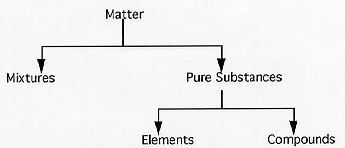
In one of the theories of learning, there are two parts to developing long-term retention: memorization (the transfer of new knowledge from the short term memory to the long term memory) and incorporation (relating new knowledge to exisiting knowledge and assigning it to a proper location in your long term memory ).
Assuming learning involves both memorization and incorporation, it is important that you develop both of these skills. For improving your memorization skills, use old-fashioned "flash cards". Put some kind of question on one side and the appropriate answer on the other side of an index card. Review the cards regularly - first in order and then in random orders to develop recall.
For most chemistry students, incorporation is a much less developed skill than memorization. Two common ways of structuring information are to use outlines or maps (tree diagrams). As an example of structuring information, read section 1.1 of Chapter One of the course textbook. Early in this section, the concepts of matter, pure substances, mixtures, elements, and compounds are introduced. The structural hierarchy of the above concepts could be conveyed in an outline as follows.
I. Matter A. Mixtures B. Pure Substances 1. Elements 2. CompoundsThe same information could also be conveyed by the following map.

The process of learning the above material from section 1.1 involves using short term memory to establish a clear working definition of each new concept and to determine its location in an outline or a concept map, i.e., the relation of the new concept to concepts which you have learned earlier. This can usually be accomplished by doing the end-of-chapter questions dealing with the concept. Once you have a clear understanding of the concept and have revised the outline or concept map to which it belongs, memorize the revised outline or concept map and the definitions of all the concepts on the map.
It is important to realize that whatever structuring device you use (outline or map), it needs to be modified and relearned every time new knowledge is added. For instance, later in section 1.1, the concepts of heterogeneous and homogeneous mixtures are introduced. Your concept map should then be modified to that shown in Fig 1.1 on page 3 of the text and then relearned.
This same approach to learning can be applied to the other types of information contained in Chemistry 11L.